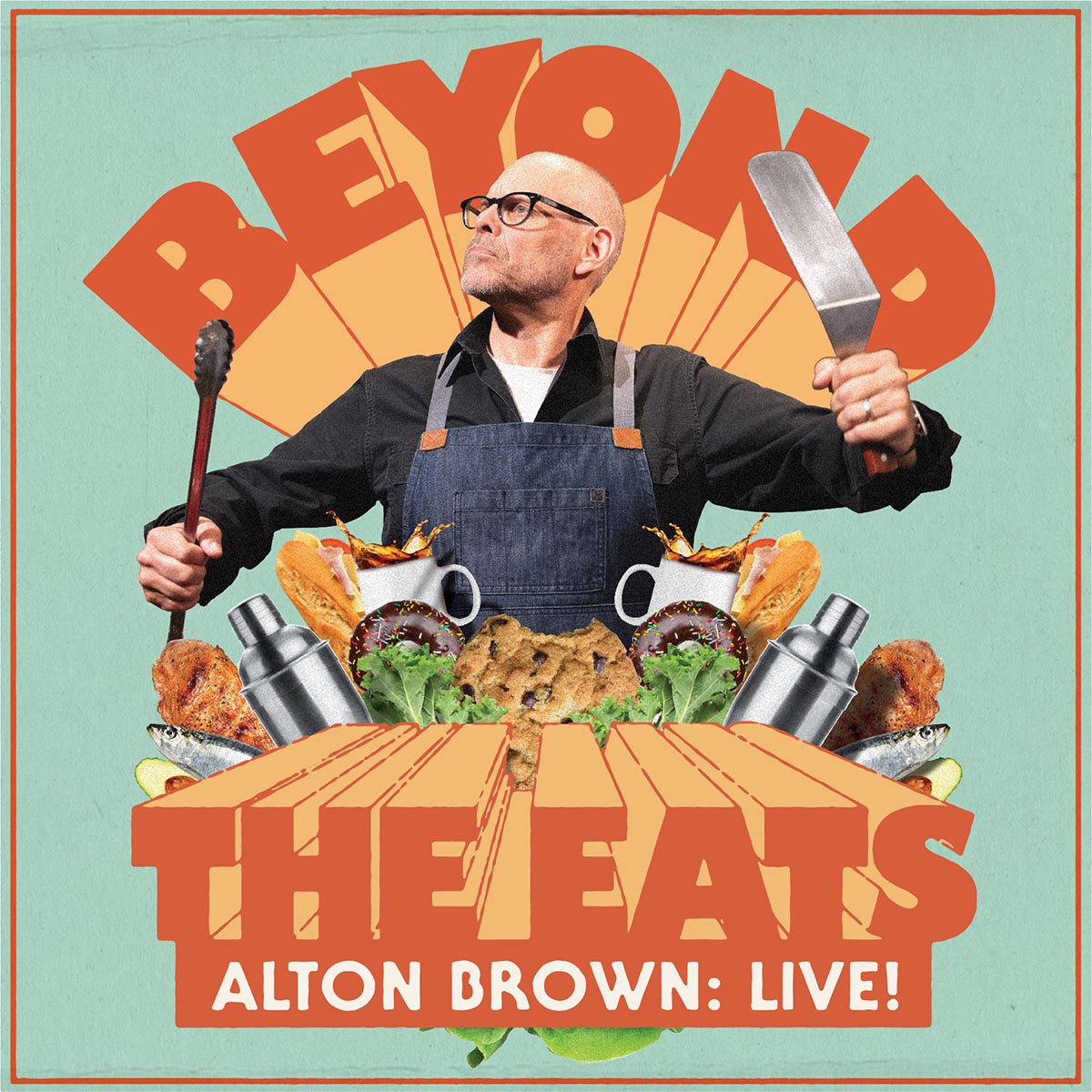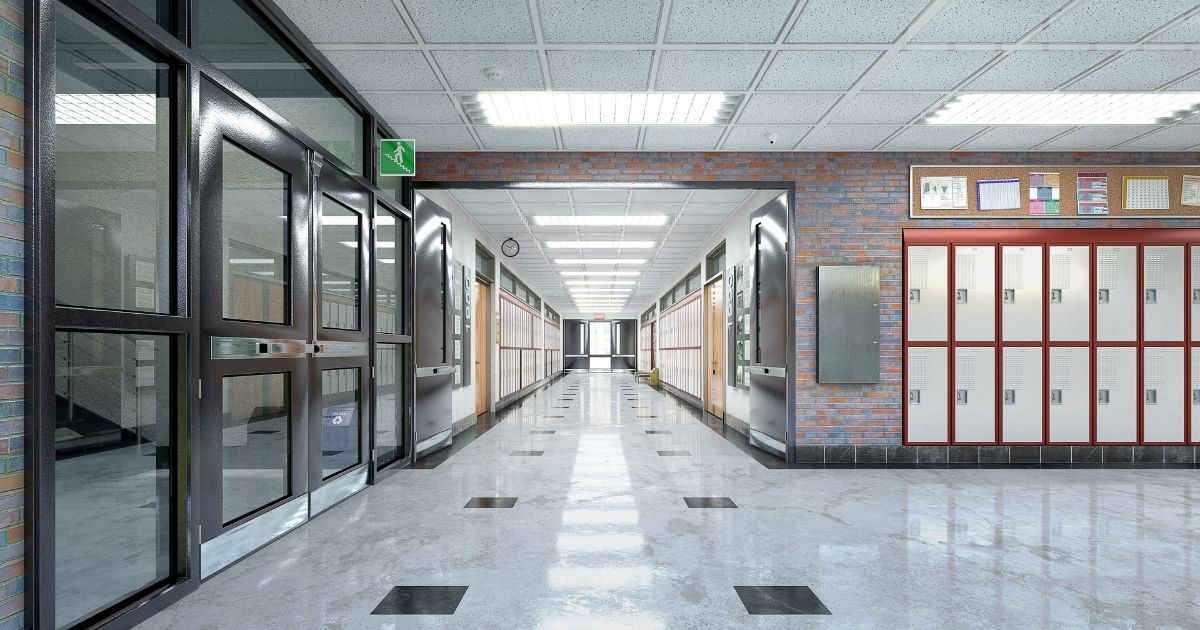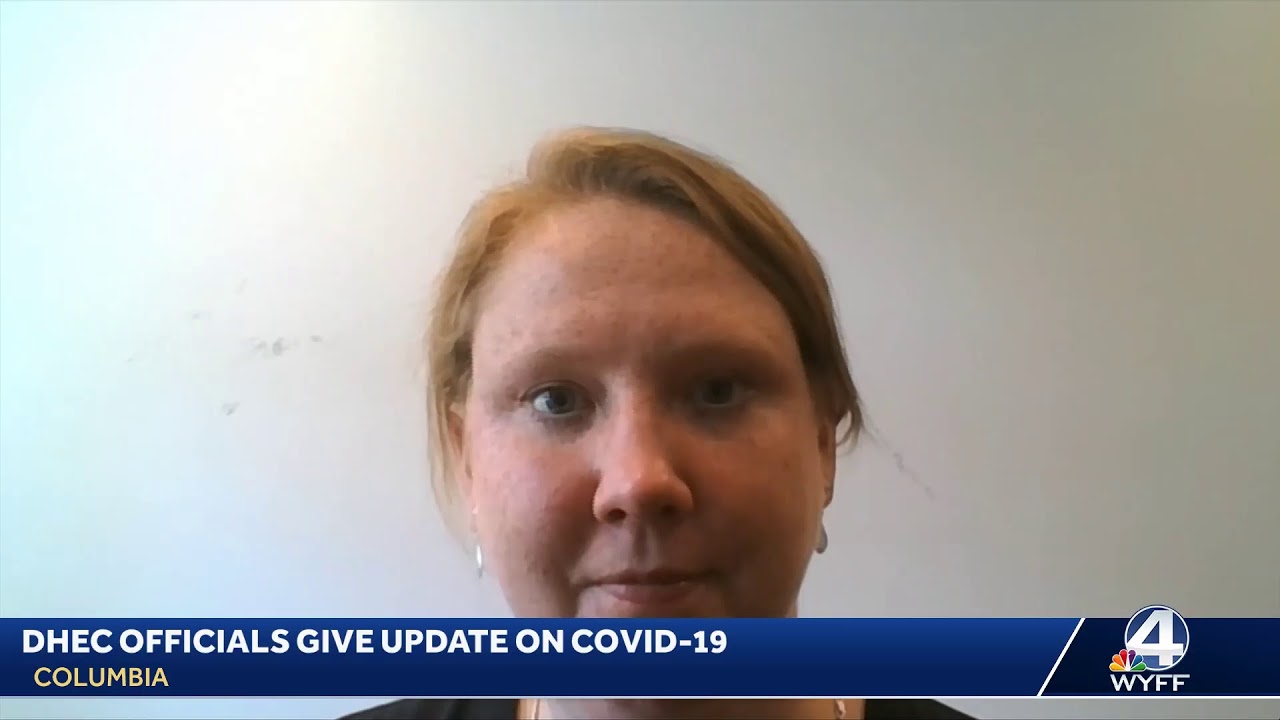Businesses have been hit hard this year by the pandemic, with many stores closing every week. Bankruptcy has been on the rise as the economic toll continues to affect almost every industry. Here in the Upstate, stores we used to visit to often — such as Brooks Brothers, Belk and Stein Mart — are now going through bankruptcy proceedings.
While some of these locations won’t have to shut their doors, the companies are still in dire shape thanks to 2020 and the novel coronavirus.
“We’ve been seeing a lot more [bankruptcies],” Harriet Wallace, partner with Fox Rothschild LLP in Greenville, says.
Greenville’s rise in bankruptcies is far from unique. According to investment bank Jefferies, large companies declared bankruptcy 244% more between July and August 2020 than during the same period the previous year, CNN reported.
There is a variety of bankruptcies that businesses and people can file. Businesses can file for Chapter 7 or Chapter 11 bankruptcies if they are unable to pay their debts.
“Chapter 7 is what we would call ‘liquidation’ with businesses — you know, going out of business,” says Wallace. “And Chapter 11 is our reorganization chapter.”
Subchapter 5 of Chapter 11 bankruptcy
Subchapter 5 of Chapter 11 bankruptcy helps streamline smaller companies’ proceedings, says Wallace, making it easier for smaller companies to declare bankruptcy without the same requirements as large corporations like GM or Toys R Us.
Companies in Chapter 11 bankruptcies are still reorganizing, meaning they are continuing to do business. Many times, Wallace says, this is an opportunity to renegotiate on leases that may be too expensive or other contracts that may be taking away needed cash.
“You have more powers to do that when you’re in bankruptcy,” Wallace says.
She’s seen a substantial increase in Subchapter 5s since the pandemic, with some Chapter 7s from restaurants and small businesses that just can’t make it.
These are small businesses that have been at the heart of much of the economic relief bills coming out of Congress.
The federal government’s Payroll Protection Program loans were meant to help these smaller companies weather the pandemic storm, and while some companies who enrolled in the program eventually declared bankruptcy, businesses that were already in bankruptcy were unable to access PPP funding. That includes the reorganizing Chapter 11s.
But these companies could have access to PPP, say some law experts. The Small Business Administration, the arm of the federal government working through PPP, previously did not provide loans to those in bankruptcy. However, a new law — the Consolidated Appropriations Act 2021 signed by then-President Trump on December 27, 2020 — should have paved the way for bankrupt companies to access PPP loans.
The SBA still refuses to provide the loans to those companies in bankruptcy due to the SBA needing to acknowledge the change in its eligibility requirements. In a couple of lawsuits, the courts have ruled in favor of the SBA.
“One of the underlying rules for any SBA loan is that the entity getting a loan must be an operating business organized for profit located in the United States,” says Wallace. “I think arguably if you’re in reorganization, you would qualify under that.”
There are now lawsuits going through the U.S. courts to finally decide if these companies are eligible for the loans, which would eventually help the companies out of bankruptcy.
The post Bankruptcy can be a means to an end — or to a better future appeared first on UPSTATE BUSINESS JOURNAL.











